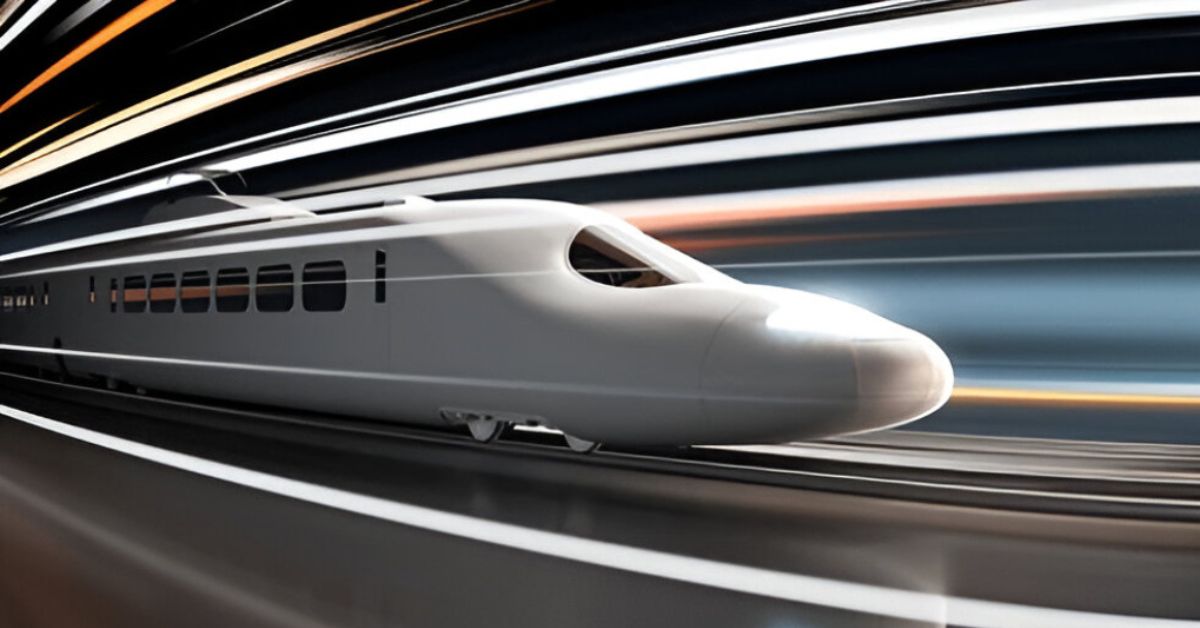BEIJING — On Saturday, August 16, 2025, China unveiled a groundbreaking test of its vacuum tube magnetic levitation (maglev) train, capable of reaching speeds exceeding 1,000 kilometers per hour (621 mph), potentially redefining global high-speed transportation. Conducted at a state-of-the-art facility in Shanxi province, the trial marks a significant leap in China’s ambitious push to lead in futuristic rail technology, according to Reuters.
Developed by the China Aerospace Science and Industry Corporation (CASIC), the ultra-high-speed maglev operates in a low-vacuum tube, reducing air resistance to achieve unprecedented velocities. The technology, often dubbed “hyperloop” in Western contexts, leverages magnetic levitation to eliminate friction, allowing the train to glide at speeds surpassing commercial airliners. During the test, the prototype maintained stability at 1,000 km/h, a milestone CASIC hailed as a “breakthrough in building an integrated land-air-space transportation system.”
The project aligns with China’s broader goal to revolutionize domestic and international travel. A trip from Beijing to Shanghai, currently a 5.5-hour journey on China’s existing high-speed rail, could be slashed to under two hours. CASIC engineers highlighted key features of the system:
- Energy Efficiency: The vacuum tube reduces energy consumption by minimizing drag.
- Safety: Advanced sensors ensure precise control at extreme speeds.
- Scalability: Plans include a network connecting major cities by 2035.
“This is a monumental step for transportation innovation,” a CASIC spokesperson told Reuters, emphasizing potential applications beyond passenger travel, such as rapid cargo transport. However, challenges remain, including the high cost of vacuum tube infrastructure and ensuring passenger safety at such velocities. Analysts estimate the project’s initial phase could cost over $40 billion, with commercial operations still years away.
The test comes amid global competition in high-speed rail, with Japan and Europe also advancing maglev systems. China’s existing Shanghai maglev, topping out at 431 km/h, already holds the title of the world’s fastest commercial train. As Beijing eyes a global lead, the vacuum tube maglev could reshape how the world views high-speed travel, though experts caution that scalability and cost will determine its ultimate impact.
Author
-

Connor Walsh is a passionate tech analyst with a sharp eye for emerging technologies, AI developments, and gadget innovation. With over a decade of hands-on experience in the tech industry, Connor blends technical knowledge with an engaging writing style to decode the digital world for everyday readers. When he’s not testing the latest apps or reviewing smart devices, he’s exploring the future of tech with bold predictions and honest insights.







